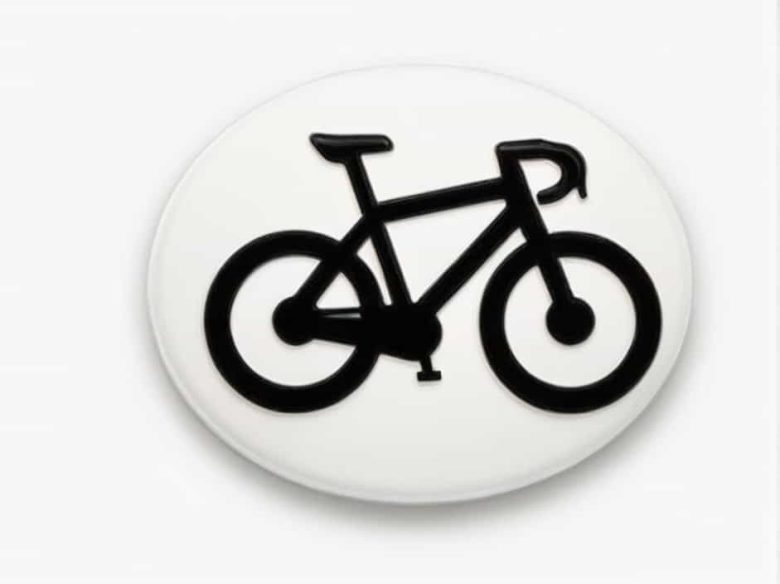If you’ve ever ridden a bicycle with multiple gears you’ve likely used a derailleur without even thinking about it. This essential component allows cyclists to shift gears smoothly making rides more efficient and enjoyable. But what exactly is a derailleur and how does it work?
In this guide we’ll explore the function types maintenance and troubleshooting of bicycle derailleurs. Whether you’re a beginner or an experienced rider understanding how a derailleur works can help you improve your cycling performance and keep your bike in top condition.
What Is a Derailleur?
A derailleur is a mechanical device on a bicycle that moves the chain from one gear to another. It allows the rider to adjust the gear ratio making pedaling easier or harder depending on the terrain.
How Does a Derailleur Work?
- The derailleur is controlled by shift levers on the handlebars.
- When you shift gears a cable moves the derailleur which guides the chain onto a different sprocket.
- The front derailleur moves the chain between the chainrings while the rear derailleur moves it across the cassette at the back wheel.
By shifting gears properly cyclists can maintain a steady pedaling rhythm and avoid unnecessary strain on their legs.
Types of Bicycle Derailleurs
There are two main types of derailleurs:
1. Front Derailleur
- Found near the pedals and controls the movement of the chain between the chainrings.
- Used in bikes with multiple front chainrings such as road bikes and mountain bikes.
- Works by pushing the chain sideways when you shift gears.
2. Rear Derailleur
- Located near the rear wheel and moves the chain across the cassette.
- Controls most of the gear shifting allowing for precise adjustments in pedaling resistance.
- Has a spring mechanism to maintain chain tension and prevent slack.
Both derailleurs work together to provide a smooth riding experience by adjusting to different terrains and riding conditions.
Why Is a Derailleur Important?
1. Efficient Pedaling
A derailleur helps you optimize your effort by selecting the right gear for different terrains. Lower gears make it easier to climb hills while higher gears let you ride faster on flat roads.
2. Speed and Performance
For cyclists who ride competitively or for long distances having a properly functioning derailleur allows for smoother gear changes and better speed control.
3. Reduced Strain on Your Legs
Shifting gears correctly reduces strain on your muscles and joints preventing fatigue and potential injuries.
Common Problems with Derailleurs and How to Fix Them
1. Chain Skipping
- Cause: Misaligned derailleur or a worn-out chain.
- Fix: Adjust the derailleur limit screws and check for chain wear.
2. Slow or Unresponsive Shifting
- Cause: Dirty or rusted cables or weak derailleur springs.
- Fix: Clean and lubricate cables and replace if necessary.
3. Chain Rubbing Against the Derailleur
- Cause: Improper alignment or bent derailleur hanger.
- Fix: Adjust the derailleur position or straighten the hanger.
Regular maintenance can prevent these issues and keep your derailleur functioning properly.
How to Maintain Your Bicycle Derailleur
1. Keep It Clean
- Dirt and grime can cause poor shifting performance.
- Use a soft brush and degreaser to clean the derailleur.
2. Lubricate Moving Parts
- Apply a small amount of bike chain lube to prevent rust and ensure smooth movement.
- Avoid over-lubrication as excess oil can attract dirt.
3. Check the Cables and Housing
- Worn-out cables can make shifting sluggish.
- Replace cables if they show signs of rust or fraying.
4. Adjust Limit Screws and Indexing
- Limit screws prevent the chain from shifting off the cassette or chainrings.
- Proper indexing ensures each gear shift is smooth and precise.
Routine maintenance keeps your bike running efficiently and safely.
Choosing the Right Derailleur for Your Bike
When selecting a derailleur consider these factors:
1. Compatibility with Your Bike
- Check the number of gears on your bike’s cassette.
- Ensure the derailleur matches your shifters and drivetrain.
2. Riding Style
- Road Bikes: Need lightweight and precise derailleurs for speed.
- Mountain Bikes: Require durable derailleurs that can handle rough terrain.
3. Brand and Quality
Popular derailleur brands include:
- Shimano: Offers a wide range of options for all types of bikes.
- SRAM: Known for innovative designs and high-performance components.
- Campagnolo: Commonly used on high-end road bikes.
Choosing the right derailleur enhances performance and durability.
A derailleur is a crucial component of any geared bicycle allowing smooth and efficient gear shifting. Understanding how it works maintaining it properly and troubleshooting common problems can enhance your cycling experience.
By keeping your derailleur in top condition you’ll enjoy a smoother ride better performance and less strain on your body. Whether you’re a casual cyclist or a serious rider knowing how to care for your derailleur will help you get the most out of every ride.
